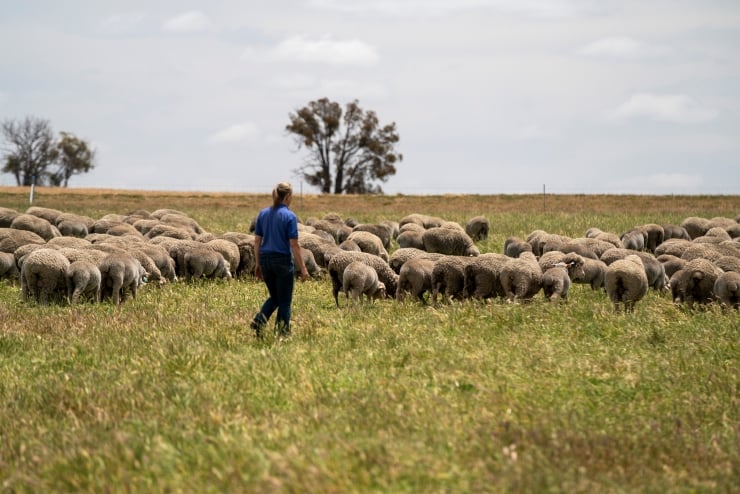SSF spotlight: Looking after our people, our customers and the community
February 14 2025

More information
Contact
Courtney Nelson, Sheep Sustainability Framework Manager
cnelson@mla.com.au
Resources
- Read the SSF Annual Report 2024
- Find out more about looking after our people, our customers and the community